What is Emergency Heat?
During the freezing winter weather, it might be tempting to use the “Emergency Heat” setting on your thermostat to quickly heat a cold home. This setting is often misused and should only be activated when your heat pump is not working properly.
During the freezing winter weather, it might be tempting to use the “Emergency Heat” setting on your thermostat to quickly warm a cold home, but how much do you really know about it? With so many people confused about the exact function of this setting, it is often misused. To get a better understanding on what emergency heat is and how to use it properly, the following is meant to provide you with all of the useful information you need. As you work your way through the winter, be sure to use what you learn to consume energy wisely.
What’s Emergency Heat
Warming up the home is broken into several stages. The first stage consists of heating homes through just the use of the heat pump, a device that transports warmth from where it’s needed or not needed, depending on the season. During the cold weather months, the heat pump will extract outside heat from the air and transfer it inside to be dispersed through the ducts of your house. The second stage of heating relies on the pump with a supplemental heating source. When it comes to warming up the house through the use of emergency heat, which is also referred to as auxiliary heat, the process involves utilizing the second stage and the supplemental heat without the use of the heat pump.
Switching to emergency heat is a manual setting that will lock out the heat pump and allow the backup heating source to provide 100% of the heating until a technician can fix the problem. Because emergency heat relies on the secondary stage heat source, it does cause a spike in the cost of electricity.
Heat Pumps
When temperatures drop, the heat pump is not able to pull as much outside heat indoors. If your thermostat senses that outdoor temperatures are too cold for the heat pump to be the primary heat source, it will automatically switch to a secondary heat source such as electric or gas.
For most heat pumps, the supplemental heat source is electric resistance heat, also known as strip heat. If you have an all-electric home, your supplemental heat source is most likely electric resistance heat. For homes with natural gas, propane, or fuel oil, the supplemental heat may be supplied by a furnace. This is called a dual-fuel system.
When to Use Emergency Heat
When the cold weather hits, keep the thermostat in the ‘Heat’ setting. Emergency heat is best left for those moments when it is truly needed, most notably when there is a problem with the first stage heating within the home. Something to remember is that you will not notice a difference in how well emergency heat warms your home in comparison to the first stage. You will notice the difference in your electricity bill however. If you have a heat pump that remains outside of the house, make sure you are keeping an eye on it to prevent the elements from throwing off your mechanism for supplying heat to your home.
Drawbacks of Emergency Heat
In comparison to relying on a heating pump alone, emergency heat is much less energy efficient. Though the emergency heat setting does represent a means for warming up homes, it can cost twice what the heat pump costs in utility expenses. Given its price, the emergency heat setting should only be used when the outdoor heat pump is not working properly, such as when it has been damaged in a storm. Emergency heat will also incur an expense that stems from technician inspection of the HVAC system from time to time to ensure your heating is working as desired and that it will not cost you more unnecessarily.
Saving Money with Emergency Heat
In order to reap the benefits of emergency heat, there are some best practices to follow. In addition to only relying on the heat in the event of an emergency or damaged heat pump, make sure you are constantly having your heating system checked by a professional. In the event that you do have to use the emergency heat, be sure to limit its duration and call a technician when it is activated to come and repair any damage done to the heat pump. Heat pumps are much more energy efficient than the emergency heat so always rely on them to warm up your home.
For more home heating tips, visit paylesspower.com. Payless Power is a company committed to providing people not only with some of the best cheap electricity rates in Texas, but also with helpful customer service. Visit the website to learn more about how to save electricity at home, or connect with the online community on Facebook, Twitter, and Instagram.
What our customers are saying
See why our power customers say we're the best electricity provider in Texas!
I was worried about getting electricity for my home through a prepaid company. I was calling around to see different rates then going through all the hassle of credit checks while dropping points each…
I have been with this company for several years and have been very happy since. Even when I moved, they made my usually stressful situation very easy and carefree. I recommend them to everyone that I…
I have enjoyed the service for 2 years now. In the beginning this service was planned to be temporary but with the service being so effective for me i decided to keep it for the long haul. I’m a happy customer.










